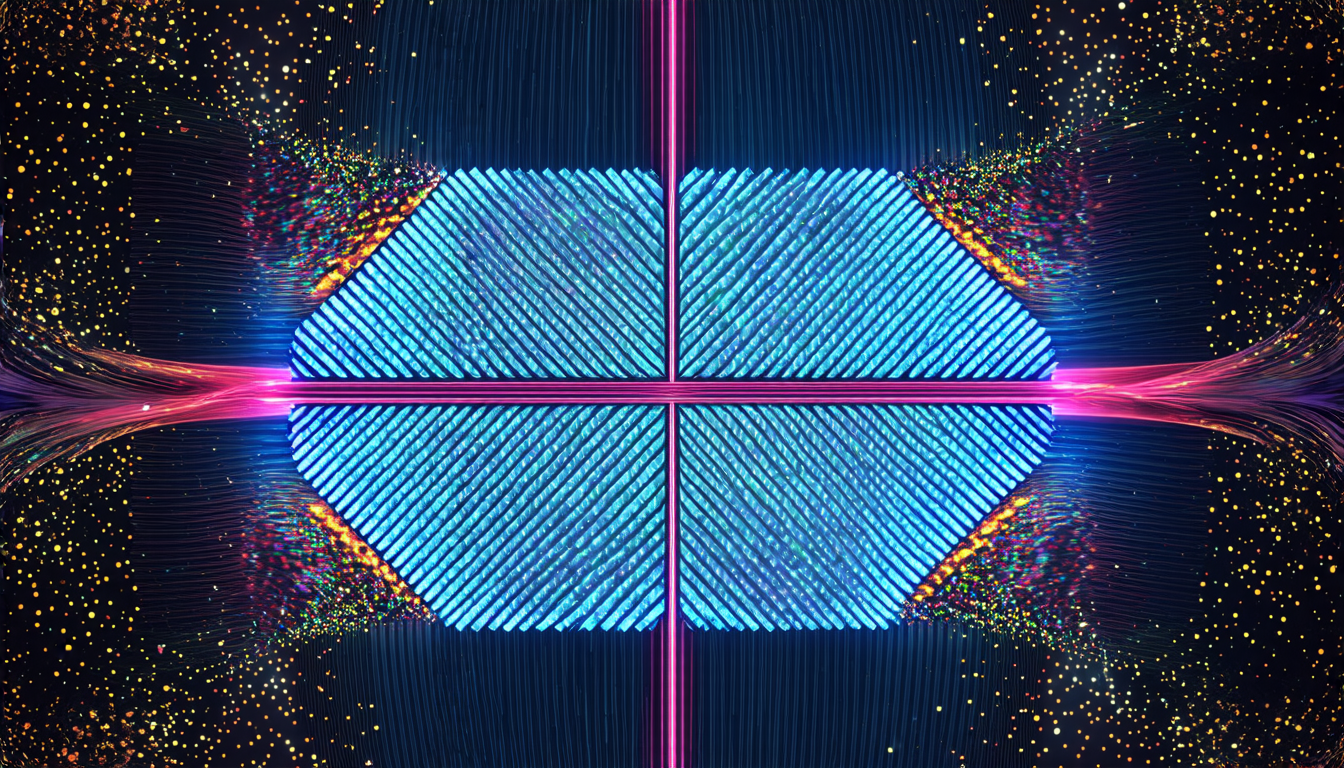Thursday 17 July 2025
Scientists have made a significant breakthrough in developing metasurfaces, thin layers of carefully designed materials that can manipulate light and matter at the nanoscale. These innovative structures have the potential to revolutionize various fields, including optics, photonics, and even quantum computing.
Traditional methods for designing metasurfaces rely on complex simulations and physical experiments, which can be time-consuming and limited in their accuracy. To overcome these challenges, researchers have turned to artificial intelligence (AI) to accelerate the design process. A new AI-driven tool, called NanoPhotoNet-NL, has been developed to optimize the performance of metasurfaces.
NanoPhotoNet- NL uses a hybrid deep neural network that combines convolutional neural networks and long short-term memory models. This unique approach allows the AI system to learn from vast amounts of data and predict the behavior of light-matter interactions within metasurfaces with unprecedented accuracy.
The team has successfully used NanoPhotoNet-NL to design multi-layer metasurfaces that can generate broadband third-harmonic generation in the deep ultraviolet range. This achievement marks a significant milestone, as it enables the creation of compact and efficient devices for applications such as spectroscopy, lithography, and quantum optics.
One of the key advantages of NanoPhotoNet-NL is its ability to optimize metasurface designs in a fraction of the time required by traditional methods. The AI system can generate multiple design options within minutes, allowing researchers to rapidly explore different configurations and identify the most promising candidates.
The development of NanoPhotoNet-NL has far-reaching implications for various fields, including optoelectronics, nanophotonics, and quantum computing. By leveraging AI-driven design tools like this one, scientists can accelerate the discovery of new materials and devices that could have significant impacts on our understanding of light-matter interactions and their applications.
In addition to its practical applications, NanoPhotoNet-NL also highlights the potential for AI to transform the way we approach scientific research. As researchers continue to develop more sophisticated AI tools, they may unlock new avenues for discovery and innovation in fields that were previously limited by computational power or experimental complexity.
Cite this article: “Accelerating Metasurface Design with Artificial Intelligence”, The Science Archive, 2025.
Metasurfaces, Artificial Intelligence, Nanophotonet-Nl, Deep Neural Network, Light-Matter Interactions, Optics, Photonics, Quantum Computing, Spectroscopy, Lithography







